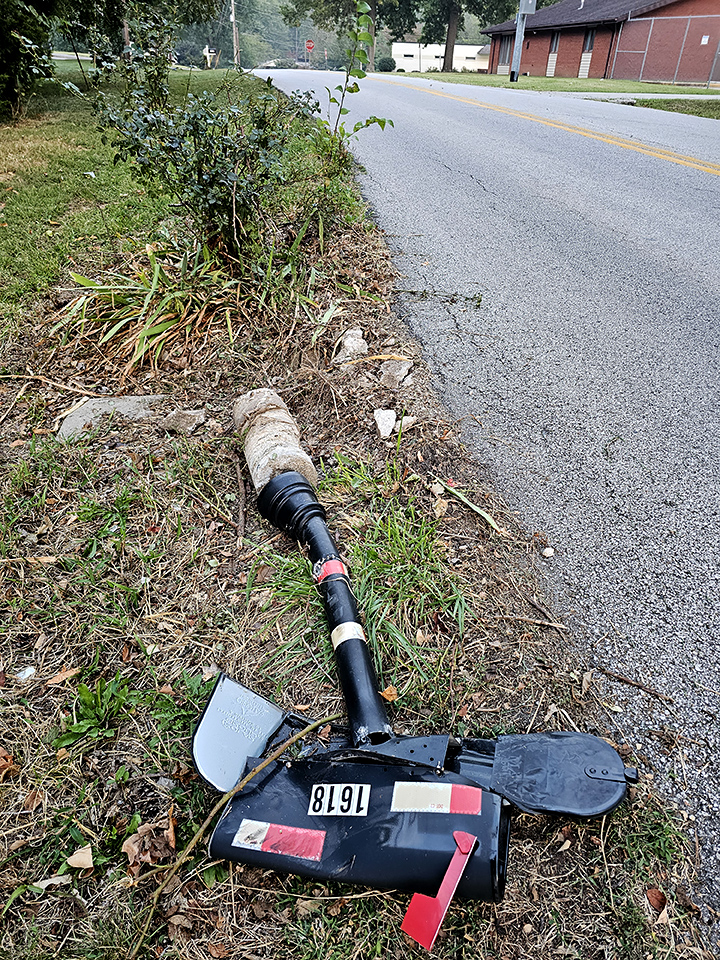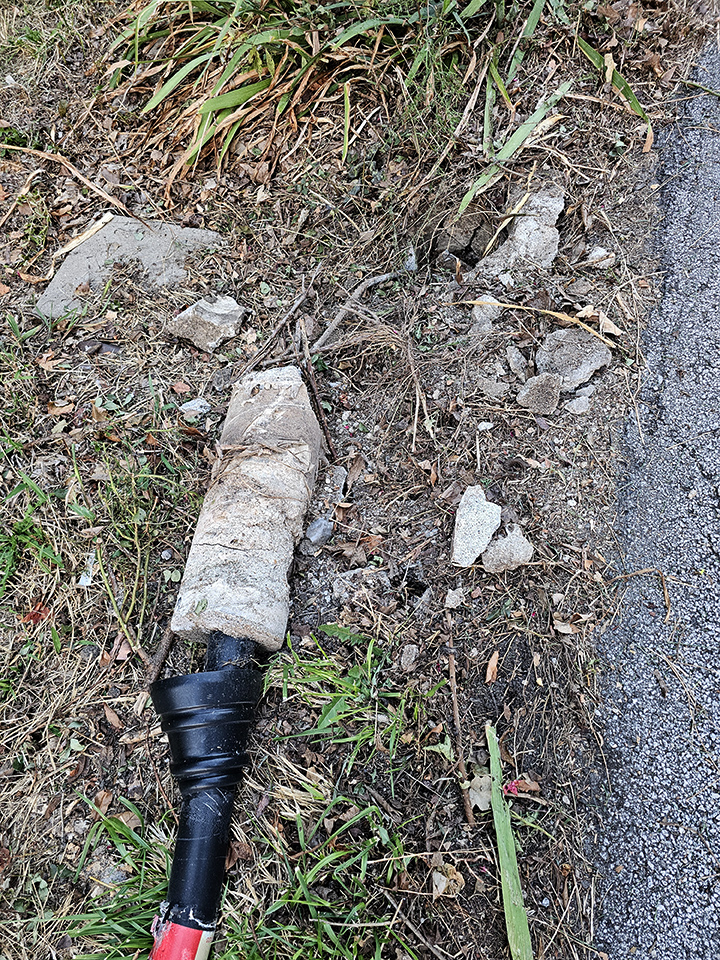
It’s been a rocky start to the severe storm season. Grant Dade, KFVS weatherman, reported “43 county tornado warnings and 204 county severe thunderstorm warnings in our viewing area yesterday (May 8). We can all be thankful the low level shear was weaker than advertised or instead of sporadic storm damage today it would have been catastrophic.”
For the record, KFVS claims to cover 50 counties in four states, including all of SE MO, Southern Illinois, Western Kentucky and Northwestern Tennessee.
So, what’s with the pie?

Last year, I dilly-dallied around and missed strawberry season at Beggs’s Berry World at the Benton I-55 exit. I came within about a week of missing it again this year because of weather.
When I was checking out with my plastic gallon bucket of fresh strawberries, the cashier asked if I’d like one of the strawberry pies they had left. My arm didn’t have to be twisted.
I’m Johnny Strawberry Seed
Shortly after I had mastered the art of making cheesecakes, I was diagnosed with Type 2 Diabetes.
I was lamenting on my status to Museum Director Carla Jordan when she gave me a good piece of advice: “You don’t have to eat the whole cheesecake. Cut off an allowable slice, then distribute the rest to deserving folks so you won’t be tempted.”
With that in mind, I made the rounds of Cape friends and relatives, muttering, “Get thee behind me, Satan,” as I dropped off the goodies.
FYI. the unsliced berries in the pie pan was just to fill up the space.
In case you go looking, Beggs has moved to the opposite side of the I-55 exit. I went to the old location, proving that my GPS Lady in the Sky was wiser than I was.










